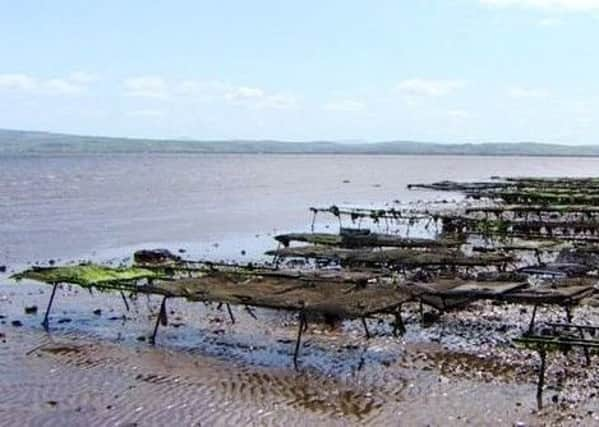Force may be needed to remove 50k trestles


A new report on the potential impact of Brexit on fisheries has found that London’s ongoing claim to Lough Foyle, which is disputed by Dublin, is robbing the North West of what would be a £20m industry if it were properly licensed.
According to the Northern Ireland Affairs Committee’s (NIAC) ‘Brexit and Northern Ireland: fisheries’ document Loughs Agency’s senior management have major concerns about the ongoing non-regulation of the fishery.
Advertisement
Hide AdAdvertisement
Hide AdSince 2010/11 the number of unlicensed trestles has grown from 2,500 to 50,000 and the Loughs Agency now believes that if the maritime dispute was ever resolved and licensing resumed it would likely need back-up to remove the beds by force.
In a dedicated section on the ‘Marine boundaries in Lough Foyle’ the report notes how the Loughs Agency described the “proliferation of oyster trestles as a ‘free-for-all’ which is creating navigational hazards for boats and sustainability concerns for the native oyster population.”
It points to how the Loughs Agency believes the non-regulated industry has introduced the risk of disease into the food chain and how it regards this as potentially damaging for the “market reputation of Irish oysters.”
According to the report the Loughs Agency believes oyster farming would be a “huge economic driver” for the Lough Foyle area with a potential worth of £20 million if it was properly licensed.
Advertisement
Hide AdAdvertisement
Hide AdAs it currently stands, however, with the border dispute continuing, 50,000 trestles are beyond the reach of the cross-border regulator. And if this ever changes the resumption of a regulatory environment may not be plain sailing.
Sharon McMahon, a senior Loughs Agency officer, is quoted: “It would be nice to be starting with a clean slate, but obviously there are these oyster trestles there that are increasing all the time. We have talked about that; we would need to go in even with force, maybe. To remove them you would need some back-up to go in and do that. There would definitely be a lot of legal challenges ahead because you are going in there and people already have land and have established an aquaculture situation on it.”